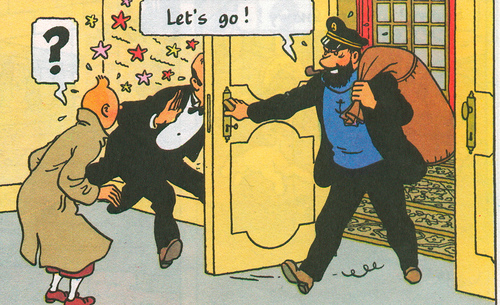Child/Adult Sidekick

The CODE-X series catalogs a vast codex of source codes (aka “signs”) extracted from past audits.
The object of study in semiotics is not the signs but rather a general theory of signification; the goal of each “audit” is to build a model demonstrating how meaning is produced and received within a category or cultural territory. Signs on their own, therefore, only become truly revelatory and useful once we’ve sorted them into thematic complexes, and the complexes into codes, and the codes into a meaning map. We call this process “thick description”; the Code-X series is thin description.

“CHILD-ADULT SIDEKICK” FORM: Guileless, naïve, gormless, simple-minded, childish behavior in adult form.

“CHILD-ADULT SIDEKICK” NORMS:
- The child/adult is a holy fool, who speaks truth to power — their lack of maturity and sophistication makes them uniquely capable of summing up situations, perceiving truths that are so obvious they’re invisible.
- The child/adult makes adulthood look less boring and forbidding, something that children might enjoy.
- They’re silly, inappropriate, a bull in a china shop, always screwing up — they’re loveable losers, and they humanize the hero, who otherwise might be impossibly perfect.
- They keep it real — add an element of unpredictability to a good vs. evil narrative that might feel too predetermined.

(From a 2012 audit, on behalf of a Japanese children’s TV character, of character, plot, and superpower themes in US kids’ culture.)

